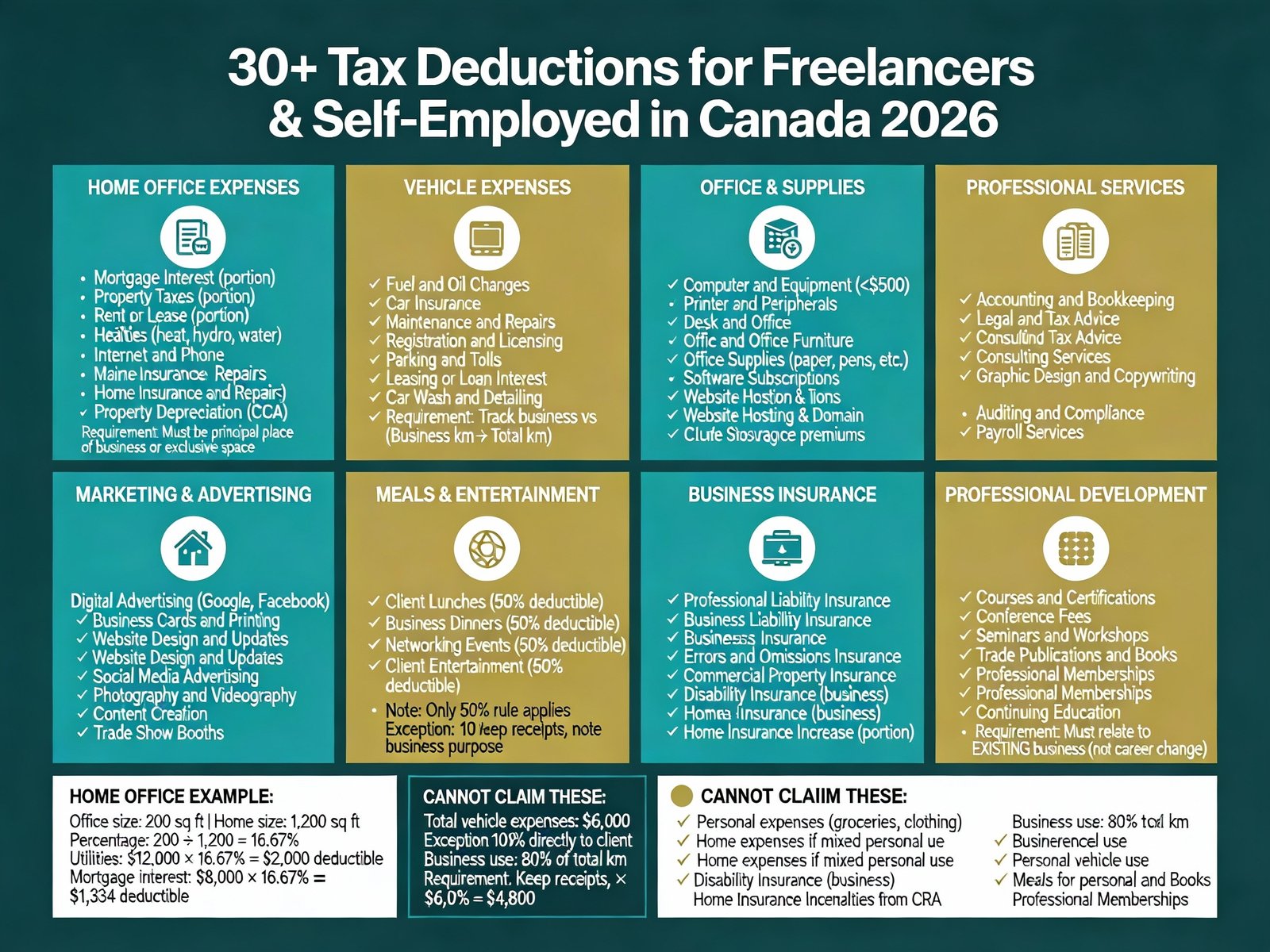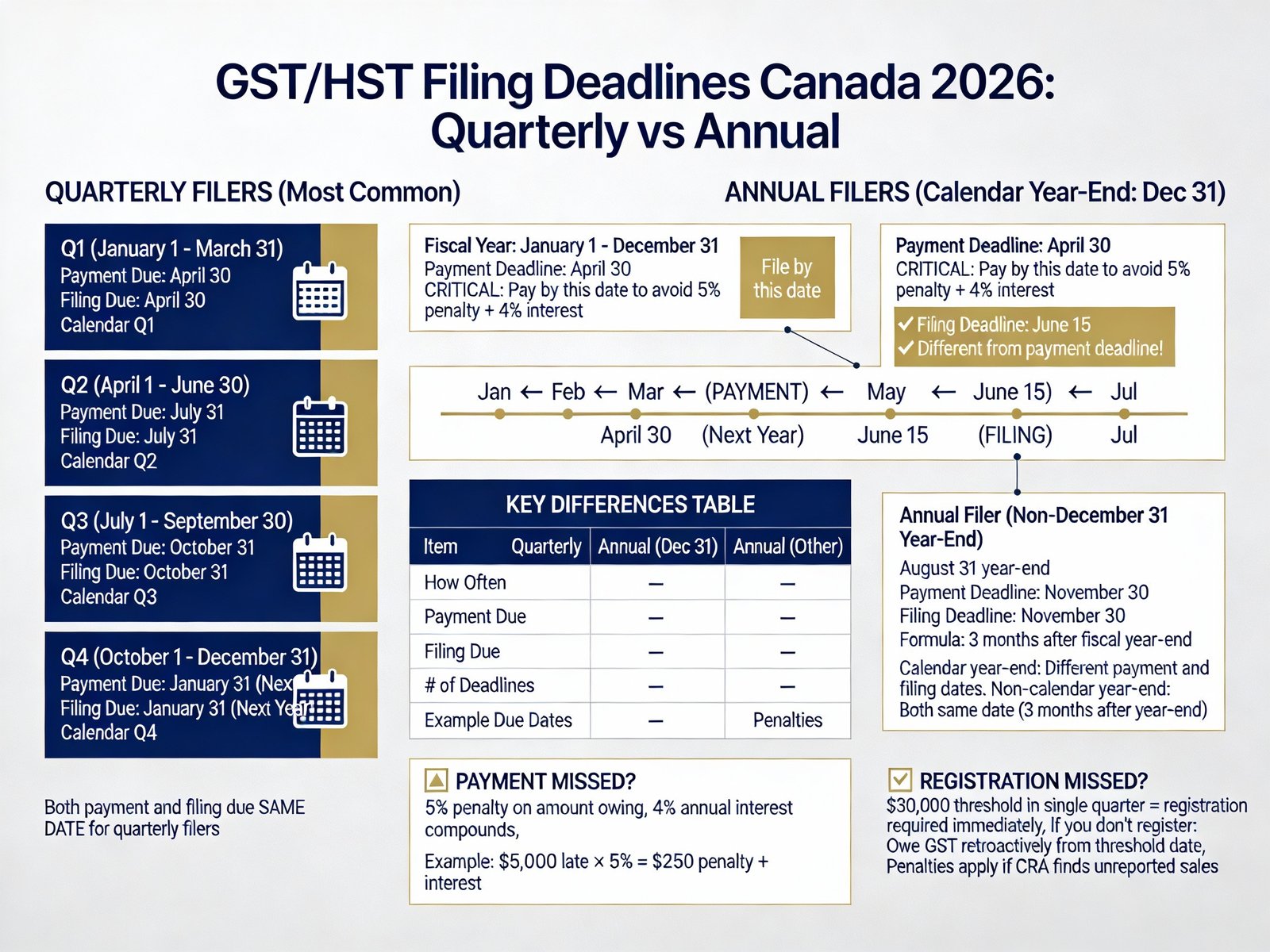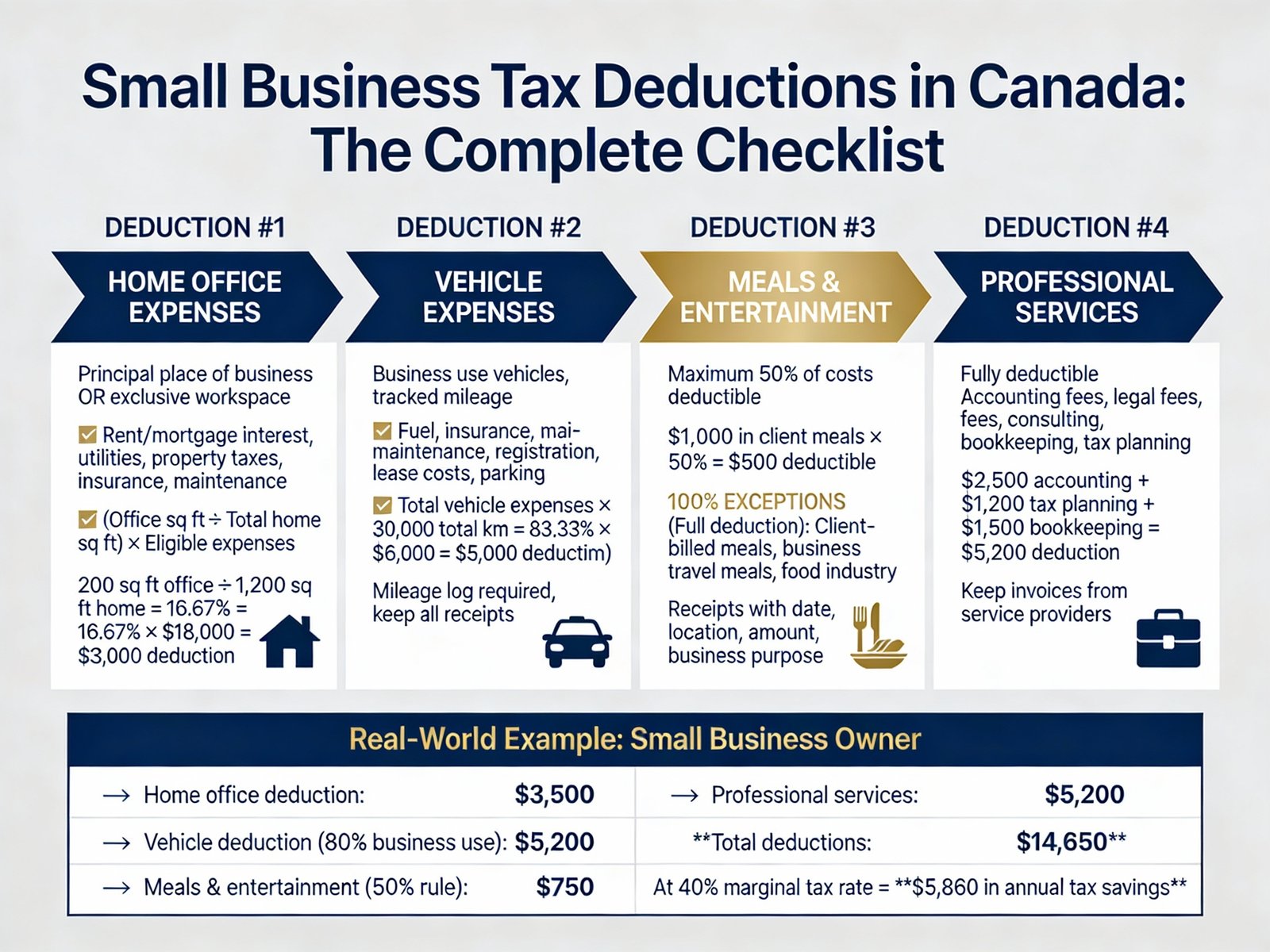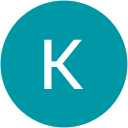Want to know your potential tax refund this year? A Canadian tax return estimator can show you the numbers before you file. British Columbia’s tax brackets have changed for the 2025 tax year with a CPI rate increase of 2.8%. These changes make accurate refund calculations more valuable than ever.
Smart financial planning starts with knowing your numbers. A simple tax return predictor lets you enter your financial information and see what refund you might get. The Ontario Trillium Benefit could give you up to $1,283 if you’re between 18 and 64 years old. Alberta’s tax rates vary from 0% on income up to $60,000 to 15% on income over $362,961. These rates will shape your final return amount.
BOMCAS, a Canadian tax return estimator, helps predict your refund and shows how updated tax brackets affect your bottom line. This tool guides you through available credits and benefits for Canadian taxpayers. A clear picture of your expected refund helps you plan better and makes tax filing easier.
Why Use a Tax Return Estimator in Canada?
Canadian taxpayers must report their annual income, claim deductions, and figure out their tax situation through self-assessment. A tax return estimator brings several benefits to Canadian taxpayers as they get ready for the 2025 filing season.
Helps plan your finances early
The main goal of using a tax return estimator is to make smart money decisions throughout the year. You can plan your finances strategically well before the April 30, 2025 deadline (or June 16, 2025 for self-employed individuals) by getting an early estimate of your tax return.
BOMCAS Canada Tax return estimator helps you learn about your financial situation ahead of time. This early knowledge lets you:
- Make investment decisions based on expected refunds
- Change your withholding amounts if needed
- Plan your budget for possible tax payments
- Get the most from available tax credits and deductions
The old saying goes, “an ounce of prevention is worth a pound of cure”. Planning ahead with a tax estimator works substantially better than finding unexpected tax bills later.
Reduces surprises during tax season
Tax season brings stress and uncertainty about owing money or getting a refund. Tax estimators take away this worry by showing your tax situation clearly before filing time.
Many people wait until winter to sort out their finances, which can lead to big tax bills from unexpected taxable income. Running tax estimates earlier helps avoid the shock of a large tax bill you didn’t see coming.
BOMCAS Canada’s tax return estimator is a chance to test different scenarios based on various financial choices. You can make adjustments throughout the year instead of facing unwanted surprises when it’s too late to save on taxes.
The Canada Revenue Agency (CRA) runs many review activities each year to boost awareness and compliance with tax laws. Using tax estimation proactively fits with this compliance focus and helps avoid issues during CRA reviews.
Gives insight into refund or amount owed
Tax return estimators quickly show if you’ll get money back or need to pay more. The CRA sends assessment notices and refunds within 2-3 weeks for NETFILE returns, while paper returns take about 8 weeks.
BOMCAS’s detailed tax estimator lets you:
- Input your yearly income and financial details
- Include all eligible deductions and credits
- Get a solid estimate of your possible refund or amount due
- Use this information to plan ahead
The estimator shows how different choices affect your return. To name just one example, you can see how extra RRSP contributions might boost your refund, or how new income sources could shift your tax bracket.
The Wealthsimple tax calculator shows your tax bracket, marginal tax rate, average tax rate, and payroll tax deductions, plus estimates of refunds and taxes owed. H&R Block’s calculator provides quick return estimates.
BOMCAS Canada offers detailed solutions that build confidence as you prepare for the 2025 and 2026 tax season, whether you file in Canada or abroad. A clear view of your possible refund helps you plan your finances better and makes filing easier.
How the Tax Return Estimator Works
Tax return estimators in Canada use smart algorithms to calculate your potential refund or amount owing based on your personal financial data. Learning how these tools work will help you plan better for the 2025 tax season.
Input fields: income, deductions, credits
Your provided information is the foundation of any tax return estimator. The BOMCAS Canada Tax return estimator needs several financial details to generate accurate projections:
- Employment income – Your total employment income and taxable benefits
- Self-employment income – Business, professional, commission, partnership, fishing, and farming income
- RRSP and FHSA deductions – Contributions are subject to annual limits
- Capital gains – Total amount of capital gains realized (with different inclusion rates based on timing)
- Dividends – Both eligible dividends (typically from public Canadian companies) and ineligible dividends (often from private Canadian companies)
- Other income – Rental income, interest, EI, CPP, OAS, and other sources
- Income taxes already paid – Taxes previously deducted from your paycheque
Your tax estimate’s accuracy depends on the information you provide. Experts suggest creating your own statements of earnings separately because estimator calculations should not serve as official statements.
Federal and provincial tax calculations
The estimator runs calculations based on current tax laws after you enter your financial information. The 2025 tax year calculations include several important legislative changes:
- Government of Canada changes to the lowest federal tax rate
- Alberta’s new tax bracket and Alberta Supplementary Tax Credit
- Manitoba’s decision not to index the Basic Personal Amount and tax brackets
- Nova Scotia’s changes to the Basic Personal Amount
- Prince Edward Island’s changes to the Basic Personal Amount
- Saskatchewan’s changes to the Basic Personal Amount
These updates apply in tax estimators if the payment date is July 1, 2025, or later.
The calculator applies these federal tax brackets and rates to your taxable income:
- 15.00% on income up to $77,842.85
- 20.50% on income between $77,844.25 and $155,684.32
- 26.00% on income between $155,685.71 and $241,336.95
- 29.00% on income between $241,338.35 and $343,814.42
- 33.00% on income over $343,814.42
Provincial or territorial tax calculations follow based on your location. This matters because provincial tax rates vary across Canada. The BOMCAS Canada Tax return estimator handles these variations based on your province of residence.
Real-time updates as you enter data
Modern tax return estimators show immediate feedback as you input information. You’ll see live updates showing:
- Total income
- Federal tax amount
- Provincial tax amount
- CPP/EI Premiums
- Total tax
- After-tax income
- Average tax rate
- Marginal tax rate
This instant feedback lets you test different scenarios. You can see how higher RRSP contributions might boost your refund, or how extra income sources could change your tax bracket.
The BOMCAS Canada Tax return estimator shows calculations that help you understand your tax situation better. Your estimated refund or amount owing updates live as you adjust your income, deductions, or credits. This gives you valuable information for tax planning.
The simple difference between your marginal tax rate (tax on your next dollar of income) and average tax rate (total tax divided by total income) helps you make better financial decisions throughout the year.
BOMCAS Canada Today offers detailed estimation tools that make complex tax calculations available and easy to understand for every Canadian taxpayer, whether you need help with taxes in Canada or abroad.
Key Features to Look for in a Canadian Tax Estimator
You need to think over several important features when picking the right tax return estimator for your Canadian tax situation. A tool with detailed functionality can mean the difference between accurate forecasts and misleading estimates. Let’s take a closer look at what you should look for as you select a tax return estimator for the upcoming 2025 tax season.
Support for multiple income sources
Canadian tax situations today often involve income streams of all types that need specialized handling in estimation tools. The best tax return estimators in Canada work with various income types, including:
- Regular employment income from T4 slips
- Self-employment revenue from side hustles or businesses
- Pension payments and retirement benefits
- Investment returns including dividends and capital gains
This versatility is vital since having multiple income sources can push you into different tax brackets than expected. Yes, it is true that adding up total amounts from various sources might place you in a higher bracket and potentially increase your tax obligations.
Quality estimators like BOMCAS Canada Tax return estimator recognize that income from side hustles may not come with traditional T4 documentation. You must report all income sources even without formal slips – including cash payments or tips which should be reported on line 10400 of your tax return.
Automatic updates for 2025 tax rules
Tax rules in Canada change often. You need an estimator with up-to-date rules. Your tax return estimator should include several significant updates already announced for 2025:
- Changes to the lowest federal tax rate
- Alberta’s introduction of a new tax bracket and Supplementary Tax Credit
- Manitoba’s decision not to index the Basic Personal Amount and tax brackets
- Modifications to Basic Personal Amounts in Nova Scotia, Prince Edward Island, and Saskatchewan
Good estimators apply these changes automatically when the payment date is July 1, 2025, or later. Check if tools like the BOMCAS Canada Tax return estimator include the latest legislative changes to ensure accuracy.
The best estimators update quickly when new announcements happen. Top solutions like EY’s tax calculators clearly state they “include all rate changes announced up to June 1, 2025”.
Breakdown of federal vs provincial taxes
Many taxpayers don’t understand how federal and provincial portions add up to their total tax burden, even though Canada’s tax system operates at multiple levels. A detailed tax return estimator should separate these components clearly.
Quality estimators show you:
- Federal tax amounts based on current brackets
- Provincial/territorial tax calculations specific to your location
- Combined total tax obligations
This breakdown helps you learn about regional tax differences. BOMCAS Canada offers province-specific calculators for all 13 provinces and territories, since tax structures vary by a lot across Canada.
Mobile and desktop compatibility
Modern estimators should be easy to access despite complex tax calculations. The right tax return estimator for Canada should work naturally on different devices.
BOMCAS Canada’s Canadian Income Tax Calculator works on:
- iPhones
- Android)
- Macs
- PC
- etc.
You can estimate your taxes at your desk or on the go with this cross-platform flexibility. The best estimators maintain their complete functionality on any device.
BOMCAS Canada offers detailed estimation tools that include all these important features for Canadian or international tax situations. Quality estimators like BOMCAS make tax estimation simpler while providing accurate calculations for effective financial planning.
Step-by-Step Guide to Using a Tax Return Estimator
Tax season preparation needs organization and the right tools. A tax return estimator can help you predict accurate results instead of misleading information. Here’s a breakdown of steps to guide you through the 2025 tax season confidently.
1. Gather your income and deduction documents
The original step involves collecting all needed documentation before using any tax estimator. The Canada Revenue Agency (CRA) requires you to keep your records for at least 6 years by law. For late filings, you must maintain your records for six years from the filing date.
Here are the documents you need:
- Your Social Insurance Number (SIN) – this 9-digit number helps CRA link your income tax return to your account
- T4 slips from each employer you worked for during the year
- T5 slips summarizing investment income from financial institutions
- RRSP and FHSA contribution receipts (subject to annual limits)
- Records of business income for self-employed individuals
- Medical expense receipts and charitable donation documentation
- Tuition and education receipts if applicable
Note that you must report all income earned, even without an official slip. If you have income without formal documentation, keep supporting documents like financial statements, invoices, or other records to maintain accuracy.
2. Choose a reliable estimator like BOMCAS Canada
A trustworthy tax estimator updated for the current tax year should be your next step. BOMCAS is Canada Tax return estimator that excels in detailed features and reliability. Look for these features:
- CRA-approved tax software that allows electronic calculation and filing
- Tools that calculate your refund amount live
- Access to secure online tracking of your tax return status
- Support for both simple and complex tax situations
BOMCAS Canada provides these features and expert guidance throughout the process. Their estimator specifically handles Canadian tax rules with regular updates reflecting current legislation.
3. Enter your financial details accurately
Precise data entry is the life-blood of reliable estimates. A tax return estimator typically needs:
- Employment and self-employment income
- Investment returns (capital gains, dividends)
- RRSP and other retirement contributions
- Eligible deductions and credits
- Taxes already paid through employer withholdings
This step deserves your full attention—rushed data entry often leads to inaccurate estimates. Quality estimators like BOMCAS have a “fill in your income and expenses” feature that shows your refund or taxes owing estimate updates as you input information.
Note that estimators complement official statements—experts suggest creating separate earnings statements to verify accuracy.
4. Review the estimated refund or balance owing
After entering all your financial information, you’ll see an estimate of your refund or amount owing. This projection shows whether you should expect money back or need to pay additional taxes.
Your tax situation review should include:
- Your total income after calculations
- Federal and provincial tax amounts separately
- Any credits or deductions applied
- The final estimated refund or balance owing
The CRA processes electronic returns within 2-3 weeks, while paper returns take about 8 weeks. Knowing your tax position early helps you prepare financially for payments or plan your refund usage.
BOMCAS Canada’s detailed tax estimation tools are a great way to get accurate projections and professional support throughout your tax preparation process. Contact them today for all your tax needs in Canada or abroad.
Common Mistakes to Avoid When Estimating Your Tax Return
Getting your tax return estimate right will give a big impact on your finances. Canadian taxpayers lost over CAD 2.37 billion in tax benefits back in 2015. Your tax return estimator should help you avoid mistakes that can get pricey and make sure you receive everything you deserve.
Forgetting to include all income sources
Many people miss reporting their complete income streams. The Canada Revenue Agency (CRA) wants reports of all your income, not just what shows up on T4 slips. Taxpayers often forget these taxable income sources:
- Tips earned while working in restaurants and services
- Money made from Uber, Airbnb and similar platforms
- Revenue from online businesses and side jobs
- Investment income from outside Canada
- Money made from selling stocks, bonds, and crypto
The CRA will find unreported income through their reviews and charge penalties plus interest. BOMCAS Canada Tax return estimator helps you stay compliant with detailed input fields for every type of income.
Using outdated tax rates
Tax laws change every year and catch many people by surprise. Using old rates in your calculations can throw off your estimates by a lot. Several important changes have happened for 2025:
The federal government decides national tax rates while provinces and territories set their own. You pay both these taxes on your taxable income – what’s left after your deductions, credits, and exemptions.
Watch out for calculators that use old tax rules. BOMCAS Canada Tax return estimator stays current with all the latest changes to help prevent filing surprises.
Ignoring provincial tax differences
Provincial tax structures vary more than most people realize. This can really change what you expect to get back or owe.
Each province and territory has its own income tax on top of federal tax. Two people making similar money might pay very different amounts based on where they live.
The total tax rate can differ by more than 10% between provinces. This adds up to serious money, especially for high-income earners.
Not accounting for available credits
Missing out on tax credits can throw off your estimates. Many Canadians leave money on the table because they don’t know what they qualify for.
People often miss these credits and deductions:
- Student loan interest from government loans
- Union dues
- Disability credits
- Home office costs
- Moving expenses for work
- Medical costs
- First-time home buyer credits
The Climate Action Incentive Payment (CAIP) helps Ontario residents offset federal carbon tax on gas. Many people forget to claim this benefit.
BOMCAS Canada’s detailed tax estimation tools can help with all your tax needs in Canada or abroad. Their system accounts for these common issues to give you accurate and optimized 2025 tax return estimates.
How Tax Brackets Affect Your Estimated Refund
You need to understand tax brackets to estimate your potential refund accurately. Your income level and tax rates directly determine how much money you’ll get back on your tax return. Let’s look at how Canada’s tax brackets for 2025 will affect your estimated refund.
Overview of 2025 Canadian tax brackets
The Canadian government has announced substantial changes to federal tax rates for 2025. The lowest federal marginal personal income tax rate will drop from 15% to 14%, starting July 1, 2025. This creates a blended rate of 14.5% for the whole 2025 tax year (15% from January-June, 14% from July-December).
The 2025 federal tax brackets will be structured as follows:
| Tax Bracket | Income Range | Rate |
|---|---|---|
| First | Up to CAD 79,944.04 | 14.5% (blended for 2025) |
| Second | CAD 79,944.04 to CAD 159,888.08 | 20.5% |
| Third | CAD 159,888.08 to CAD 247,853.70 | 26% |
| Fourth | CAD 247,853.70 to CAD 353,096.98 | 29% |
| Fifth | Over CAD 353,096.98 | Canada’s personal income tax system is progressive, meaning you are taxed at the lowest rate until you move into the next income bracket, and then only that portion is taxed at a higher rate. For 2025, the proposed federal tax brackets are as follows: 2025 Federal Tax Bracket |
Each province adds its own income tax rates on top of federal taxes. Your location plays a big role in determining your overall tax burden and potential refund.
How marginal tax rates apply
Canada uses a progressive approach instead of a flat tax system. Different portions of your income get taxed at increasing rates. Only the amount within each specific bracket is subject to that bracket’s rate.
Here’s a simple example: If you earn CAD 90,000:
- You’ll pay 14.5% on the first CAD 79,944.04 (in 2025)
- The remaining CAD 10,055.96 gets taxed at 20.5%
This difference matters when you use a tax return estimator Canada like BOMCAS. It helps explain why your average tax rate is different from your marginal rate.
Examples of refund changes by income level
The upcoming tax rate changes will affect refund amounts differently based on income levels. Let’s look at someone earning CAD 69,668.01:
- Current 15% rate: CAD 10,450.20 in federal tax
- 2025’s blended 14.5% rate: CAD 10,101.86
- Total savings: CAD 348.34 for 2025
The Parliamentary Budget Office projects tax filers will save an average of CAD 153.27 in 2025-26. All the same, savings vary by income level:
- Lower-income individuals: average savings of CAD 125.40
- Other tax filers: average savings of CAD 459.81
- Maximum tax savings in 2026: CAD 585.21 per person and CAD 1,170.42 per couple
People in the first tax bracket will see their savings represent a higher percentage of income compared to higher brackets. This maintains the tax system’s progressivity.
BOMCAS Canada Tax return estimator updates these bracket changes automatically. Your 2025 refund estimate will reflect the new rates accurately. Contact BOMCAS Canada today for all your tax needs in Canada or abroad.
Tips to Maximize Your Tax Refund in 2025
Smart tax planning starts long before tax season, and it can boost your refund or lower what you owe when you use a tax return estimator Canada.
Claim all eligible deductions and credits
A good review of available deductions and credits can reduce your taxable income significantly. The Canada Revenue Agency (CRA) provides tax benefits that many Canadians miss. Here are some often-overlooked deductions:
- Medical expenses exceeding 3% of net income or CAD 3454.14 (whichever is lower)
- Moving expenses if relocating at least 40 kilometers closer to work
- Home office expenses for employees
- First-time home buyers’ amount of CAD 13933.60
- Canada caregiver credit for supporting relatives with impairments
These benefits could save you thousands in taxes that you might otherwise miss out on.
Contribute to RRSPs before the deadline
Registered Retirement Savings Plan (RRSP) contributions are one of the best ways to reduce your taxable income. You have until March 3, 2025 to make contributions for the 2024 tax year. Your contribution limit is 18% of your previous year’s earned income (maximum CAD 45270.27 for 2025), and this can lower your tax burden significantly.
Your marginal tax rate determines your tax savings, which can range from 20% to 50% of your contribution amount. This gives you immediate tax relief and helps build your retirement savings.
Adjust your withholdings if needed
Tax refunds are simply money you’ve overpaid throughout the year. Form T1213, “Request to Reduce Tax Deductions at Source” helps reduce income tax deductions at source. If you want a larger refund, fill out Form TD1, “2025 Personal Tax Credits Return” to increase your deductions.
Use BOMCAS Canada for expert guidance
BOMCAS helps you maximize refunds while staying compliant with CRA requirements. Their customized approach finds every deduction and credit you qualify for. Reach out to BOMCAS Canada today for all your tax needs in Canada or abroad.
Comparing Estimators: Why BOMCAS Canada Stands Out
Tax return estimators vary in quality and effectiveness. Several features set the reliable tools apart from simple calculators.
Tailored for Canadian tax rules
BOMCAS Canada’s tax return estimator stands out because it specifically addresses the Canadian tax system. Unlike generic calculators, BOMCAS gives a personalized, hands-on service that matches each client’s specific situation. The estimator processes specialized income categories like farming, fishing, and rental income—areas that often create confusion during tax preparation.
Updated for 2025 changes
Staying current with tax legislation is vital to accurate estimates. BOMCAS Canada updates their estimator regularly to match the latest federal and provincial tax changes. These updates will give a precise calculation by incorporating recent modifications to Canadian tax laws, which helps create accurate projections for your 2025 returns.
Trusted by individuals and businesses
BOMCAS has grown into a trusted accounting presence in Canada that serves both individuals and organizations. Their team brings 20 years of experience to tax estimation. They provide services virtually nationwide and maintain an in-person office in Edmonton. Their detailed approach helps clients get maximum refunds while meeting all CRA requirements.
Support for international tax needs
Cross-border taxation adds layers of complexity. BOMCAS excels by providing international tax services that help with tax planning and compliance in multiple jurisdictions. Their expertise covers treaty analysis, transfer pricing, and specialized return preparation for Canadians who have international financial connections.
BOMCAS is Canada Tax return estimator. Contact BOMCAS Canada today to address your tax needs in Canada or abroad.
Conclusion
The Canadian tax system can be complex, and you need both knowledge and the right tools to handle it well, especially with the most important changes coming in 2025. Tax return estimators are without doubt valuable tools that help taxpayers plan ahead and avoid surprises. The reduction of the lowest federal tax rate from 15% to 14.5% (blended) for 2025 will affect millions of Canadians. This makes accurate estimation crucial.
Smart financial planning starts with knowing your potential refund or amount owing. A reliable tax estimator like BOMCAS helps you make informed decisions throughout the year instead of rushing during tax season. It also helps you learn about how different financial choices—from RRSP contributions to claiming all eligible deductions—can boost your refund.
Many Canadians miss out on big tax benefits because they don’t know about them. The right estimator does more than just crunch numbers. It teaches users about available credits and province-specific considerations they might miss.
Your estimates will be accurate only if you include all income sources, use current tax rates, and account for provincial differences. An estimator that updates automatically with the latest tax changes will give you reliable projections throughout the year.
BOMCAS Canada provides a detailed solution that’s built specifically for Canadian tax rules. They support complex situations, including international tax needs. Their expertise helps taxpayers direct both federal and provincial tax matters while maximizing refunds.
Tax season doesn’t have to be stressful or uncertain. The right estimation tools and early planning help you approach your 2025 taxes confidently. You’ll know exactly what to expect when you file. Good preparation leads to financial success in any tax year.
BOMCAS Canada has the expertise and tools to help you estimate accurately and optimize your return, whether you need help with Canadian or international taxes.
Key Takeaways
Understanding your potential tax refund early helps you make better financial decisions and avoid surprises during Canada’s 2025 tax season.
• Use updated estimators for 2025: Federal tax rates drop to 14.5% (blended) for the lowest bracket, potentially saving taxpayers an average of $153 annually.
• Include all income sources: Report employment, self-employment, investment income, and side hustles to avoid CRA penalties and ensure accurate estimates.
• Maximize RRSP contributions before March 3, 2025: Contribute up to 18% of previous year’s income (max $45,270) to reduce taxable income significantly.
• Choose province-specific calculators: Provincial tax rates vary dramatically across Canada, affecting your total refund by thousands of dollars depending on location.
• Claim overlooked credits and deductions: Medical expenses, home office costs, moving expenses, and caregiver credits can substantially increase your refund.
The key to maximizing your 2025 tax refund lies in early planning, accurate reporting, and leveraging all available tax benefits. Tools like BOMCAS Canada’s tax estimator help ensure you capture every eligible deduction while staying compliant with current tax laws.
FAQs
Q1. How will the 2025 tax changes affect my refund? The lowest federal tax rate will decrease to 14.5% (blended) for 2025, potentially saving taxpayers an average of $153 annually. However, the impact on your refund will depend on your specific income level and tax situation.
Q2. When is the deadline to file my 2024 tax return in 2025? For most individuals, the deadline to file your 2024 income tax return and pay any taxes owed is April 30, 2025. Filing and paying on time helps you avoid late-filing penalties and interest.
Q3. What are the federal tax brackets for 2025? The 2025 federal tax brackets are: 14.5% up to $79,944.04, 20.5% from $79,944.06 to $159,888.08, 26% from $159,888.10 to $247,853.70, 29% from $247,853.71 to $353,096.98, and 33% on income exceeding $353,096.98.
Q4. How much can I earn in 2025 before paying federal taxes? If your annual income is $22,473.51 or less in 2025, you are not required to pay federal taxes due to the Basic Personal Amount (BPA). Partial tax reductions may apply for incomes slightly above this threshold.
Q5. How can I maximize my tax refund for 2025? To maximize your refund, ensure you claim all eligible deductions and credits, contribute to your RRSP before the March 3, 2025 deadline, report all income sources accurately, and consider using a comprehensive tax estimator like BOMCAS Canada to identify potential tax-saving opportunities.










 View Our Location
View Our Location





 181 Meadowview Bay, Sherwood Park, AB T8H 1P7, Canada (Online Clients Only)
181 Meadowview Bay, Sherwood Park, AB T8H 1P7, Canada (Online Clients Only)